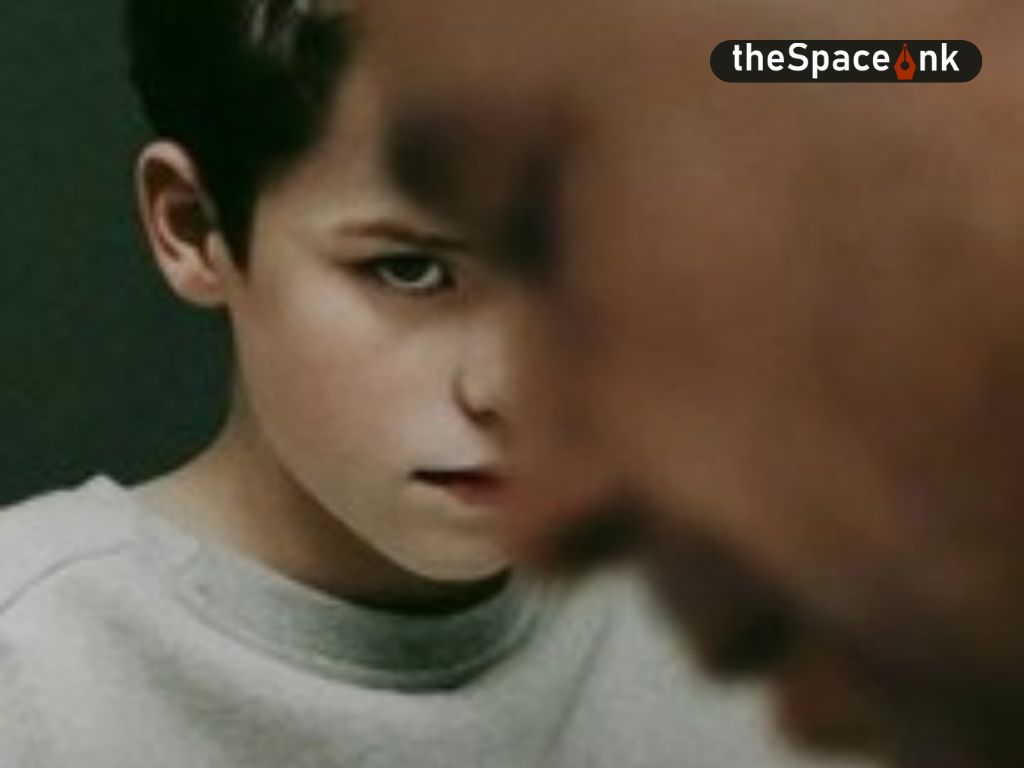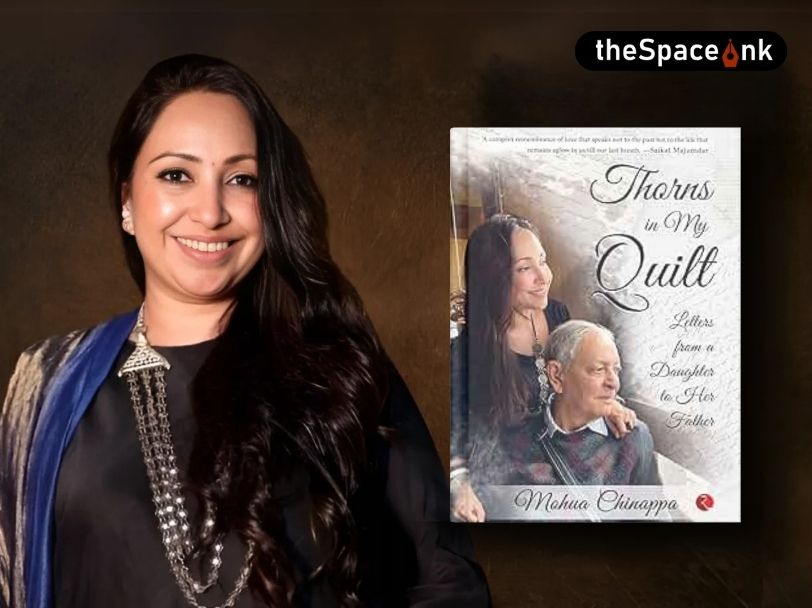Barbie by Mattel is surely a marketing genius. The movie has been a blockbuster hit in the United States and has spun money across the world. I watched ‘Barbie’ in Kolkata amidst a clutch of young girls in the eight to ten age group who were enthralled. At the interval when I casually asked what they liked about the film, they told me they enjoyed it “because it is about empowering women!” Perhaps they thought it was the “right” answer to give me. Others who have seen the film in the city remark that teenage girls are posing proudly in front of the Barbie posters– Barbie allows them to be whatever they wished to be. They cheered and danced in their seats as Barbie Land is “Recaptured” from “Patriarchy.”
As a Women’s Studies professor in the United States in the 1990s I had taught all the critiques of Barbie, initially a German doll Lilli, from a comic strip about a call girl. Ruth Handler reworked this bawdy doll to make it into a fantasy doll for young girls. Barbie debuted in 1959 at the American International Toy Fair in New York City and the rest is history. As the opening shots in the movie tell it, young girls who had till then only played with baby dolls, feeding them, changing them, and rocking them to sleep, hankered for a doll that could make them be anything they wanted to be!
Barbie shot into the public consciousness just as the Second Wave of the women’s movement was galvanizing attention. Young girls did not have to only see themselves as mothers any longer. Barbie was glamorous, had the perfect body, a full range of fabulous clothes, a pink Corvette, and a dream world– Barbie Land– where she lives with other Barbies.

Feminists launched their critiques of Barbie. I for one made sure that my two girls did not ever own a Barbie doll. As we saw it, Barbie with her unrealistic body, boobs and long legs created unrealistic expectations of what women should aspire to be. The quintessential Barbie was white with a mane of blonde hair. Furthermore, she was a “Bimbo,” mostly interested in her clothes and having fun. Eventually Mattel evolved with the times and responded to the critiques creating Barbie dolls of all hues and nationalities. To date Mattel has featured two hundred career Barbies, most recently with careers in STEM (Science, Technology, Engineering and Mathematics). Of course, each career Barbie comes replete with her appropriate set of clothing and the accouterments of the profession. It is this fantasy, of women being whatever they want to be, that Mattel continues to sell.
A brilliant marketing strategy by Mattel to remain relevant and now be seen as a champion of women, (which it has claimed), comes to its apex in the movie. Greta Gerwig’s riff on Barbie is sharp, sassy, tongue-and-cheek, frothy and oh! so politically correct. All the critiques of Barbie are glibly referenced in the movie by Sasha, the young girl in the real world, who tells Barbie directly that she hates her, that she is an airhead and that has created body image problems for young girls, especially girls of color. Other more subliminal critiques of Barbie are addressed adroitly as we see how Barbie’s feet are destroyed by always wearing heels making walking difficult. There are a range of Barbie dolls in Barbie Land from the Women President in the “Pink House,” to chubby and fat Barbies, and even a Barbie in a wheelchair– a nod to the growing power of the Disability Rights movement.
Also read: Oppenheimer Movie Review
In the movie, Ken lives to adore and be acknowledged by Barbie. On returning from the “real world,” (which they enter and leave through a portal) Ken tries and succeeds in introducing “Patriarchy” to Barbie Land. He has been “infected” by paternalism he saw operate in the real world where men rule. Women, even the President, are brainwashed and happy to live to “serve” their man. Barbie, on her return to Barbie Land must root out the “patriarchy” and take back control. After her stunning victory she tells Ken that every night will no longer be “girls only night,” and like she has found her purpose, he must find his, too. The crisis that Ken faces in coming to terms with his own identity, references the masculinity movement that men are grappling with– what ideals and forms of masculinity make sense in the contemporary world where men and women strive to be equal.

Mattel is cast in a heroic mode in the film. The executives in the company profess it is their duty to enable young girls to continue to dream of being anything they wish to be. They are the self-professed saviors of young girls and do all in their power to save Barbie Land, that dreamland for girls, from attack. Through the making of the movie, Mattel has ensured that the Barbie legacy will live on and thrive. More Barbie dolls and paraphernalia will undoubtedly be sold. Young girls will feel “empowered” playing with Barbie and all the marketing gimmicks that accompany her.
It is ironic that now the attacks on the movie Barbie have come full circle with attacks launched by conservative commentators in the USA. In a video “Audiences Tricked into Watching the Adventures of Man-Hating, Feminist Barbie,” the film was called “the most aggressively anti-man, feminist propaganda fest ever put to film.” For a feminist like me it is not possible to critique the film for its portrayal of women. Mattel has owned feminist critiques of Barbie and made them central to the plot. They have reinvented Barbie. The portrayal of Ken and his band of friends parodies the contemporary realignment of gender roles and the makers clearly root for women. In this very pink, effervescent movie, the critique that is relevant is the rampant materialism and consumerism that Mattel will now take to a new level. A Barbie marketing bonanza is already underway.
Images courtesy: IMBD
Jael Silliman, born in Kolkata, was educated at Wellesley College, Mass., Harvard University, University of Texas, Austin. She received her doctoral degree in international education at Columbia University. She has written extensively on gender and economic development, and women’s movements in the developing world. 'The Teak Almirah', 'Where Gods Reside: Sacred Places of Kolkata', 'Jewish Portraits, Indian Frames: Women's Narratives from a Diaspora of Hope' are some of her published works.









2 Responses
Well written Jael
Very interesting analysis, Jael. No one addresses the premise that to be like Barbie one must have a bottomless pit of money for the clothes, cars and trinkets. We owe it to our daughters to do so much better in offering good entertainment, toys and role models. Thank you!